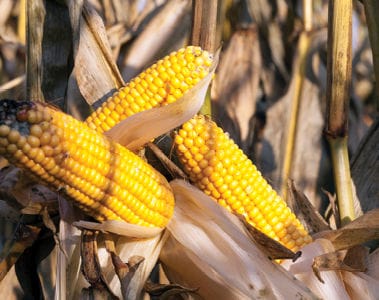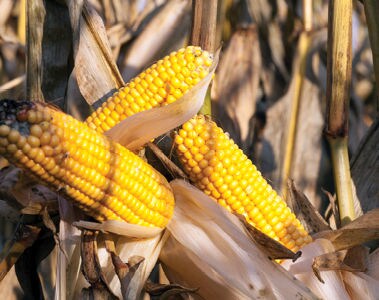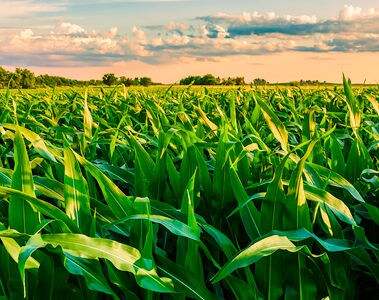Antonissen, G., Croubels, S., Pasmans, F., Ducatelle, R., Haesebrouck, F., Timbermont, L., ... & Delezie, E. (2012). The mycotoxin deoxynivalenol predisposes for the development of necrotic enteritis in broilers. In 1st ihsig International symposium (IHSIG 2012): Intestinal health management in tomorrow's poultry industry. Intestinal Health Scientific Interest Group (ihsig).
Antonissen, G., Martel, A., Pasmans, F., Ducatelle, R., Verbrugghe, E., Vandenbroucke, V., ... & Croubels, S. (2014). The impact of Fusarium mycotoxins on human and animal host susceptibility to infectious diseases. Toxins, 6(2), 430-452.
Antonissen, G., Croubels, S., Pasmans, F., Ducatelle, R., Eeckhaut, V., Devreese, M., ... & Antlinger, B. (2015). Fumonisins affect the intestinal microbial homeostasis in broiler chickens, predisposing to necrotic enteritis. Veterinary Research, 46(1), 98.
Grenier, B., & Applegate, T. J. (2013). Modulation of intestinal functions following mycotoxin ingestion: Meta-analysis of published experiments in animals. Toxins, 5(2), 396-430.
Hanif, N. Q., & Muhammad, G. (2015). Immunotoxicity of ochratoxin A and role of Trichosporon mycotoxinivorans on the humoral response to infectious viral disease vaccines in broilers. Pakistan Journal of Zoology, 47(6).
Kamalavenkatesh, P., Vairamuthu, S., Balachandran, C., & Manohar, B. M. (2005). Immunopathological effect of the mycotoxins cyclopiazonic acid and T-2 toxin on broiler chicken. Mycopathologia, 159(2), 273-279.
Ruhnau, D., Hess. C., Grenier, B., Doupovec, B., Schatzmayr, D., Hess, M., & Awad, W.A. (2020) The Mycotoxin Deoxynivalenol (DON) Promotes Campylobacter jejuni Multiplication in the Intestine of Broiler Chickens With Consequences on Bacterial Translocation and Gut Integrity. Frontiers in Veterinary Science, 7:573894.
Vandenbroucke, V., Croubels, S., Martel, A., Verbrugghe, E., Goossens, J., Van Deun, K.,… & Pasmans, F. (2011) The Mycotoxin Deoxynivalenol Potentiates Intestinal Inflammation by Salmonella Typhimurium in Porcine Ileal Loops. PLoS ONE 6(8): e23871.
Yunus, A. W., Ghareeb, K., Twaruzek, M., Grajewski, J., & Böhm, J. (2012). Deoxynivalenol as a contaminant of broiler feed: effects on bird performance and response to common vaccines. Poultry science, 91(4), 844-851.


